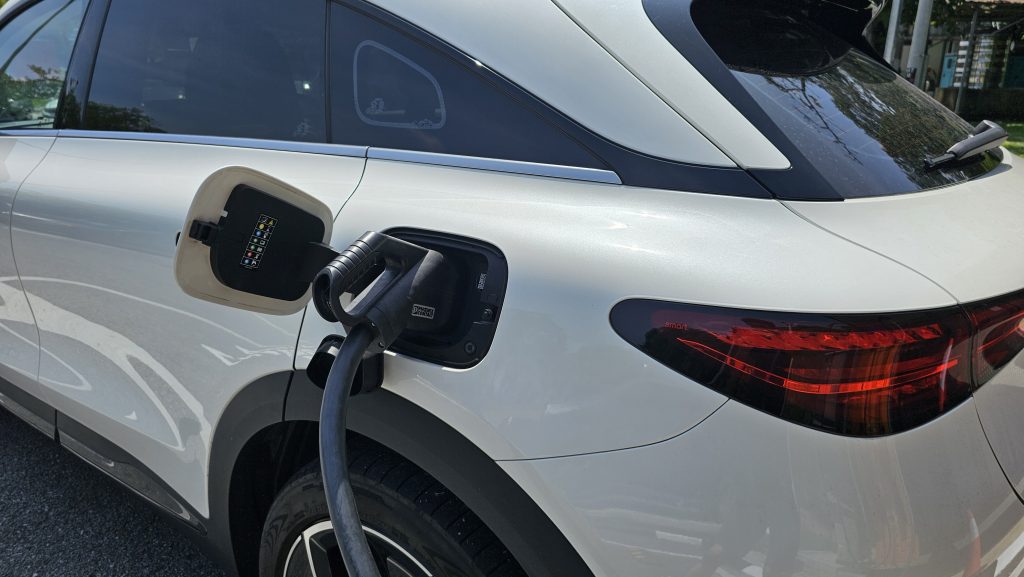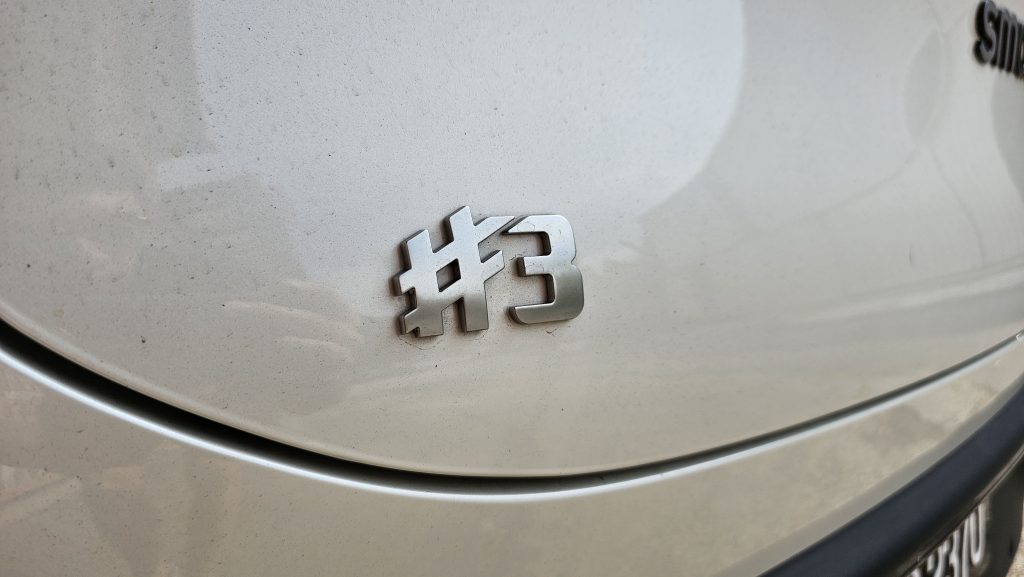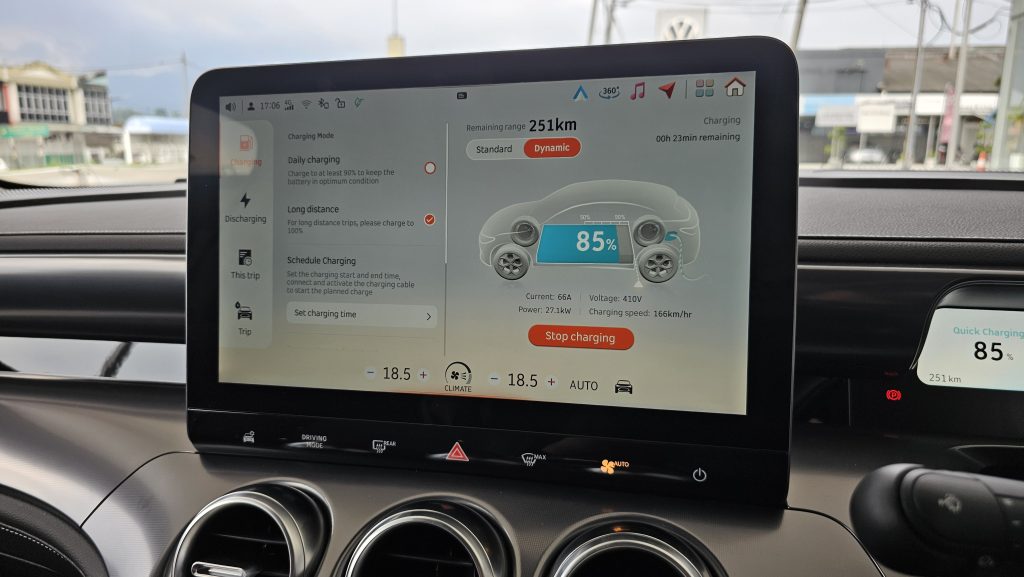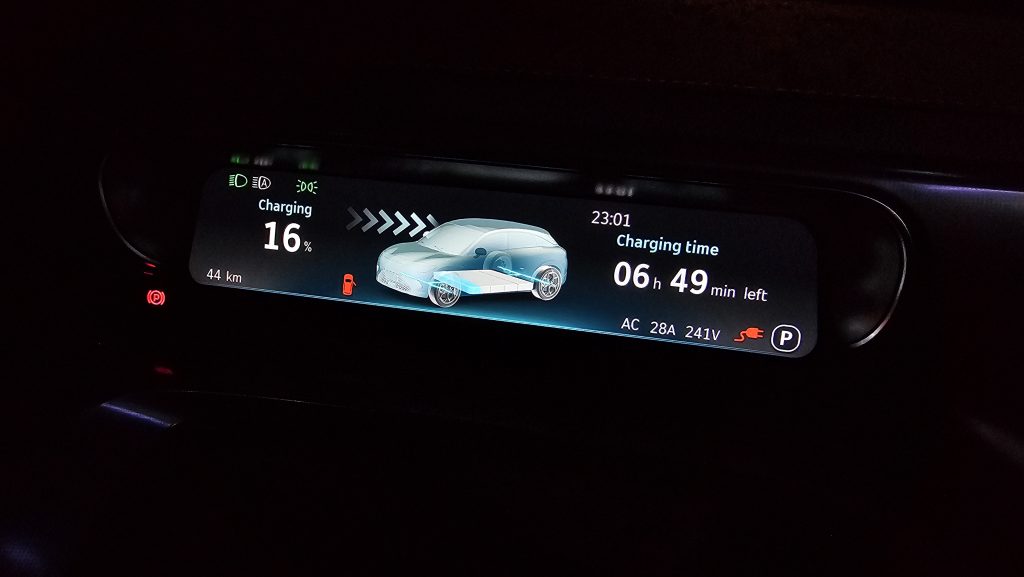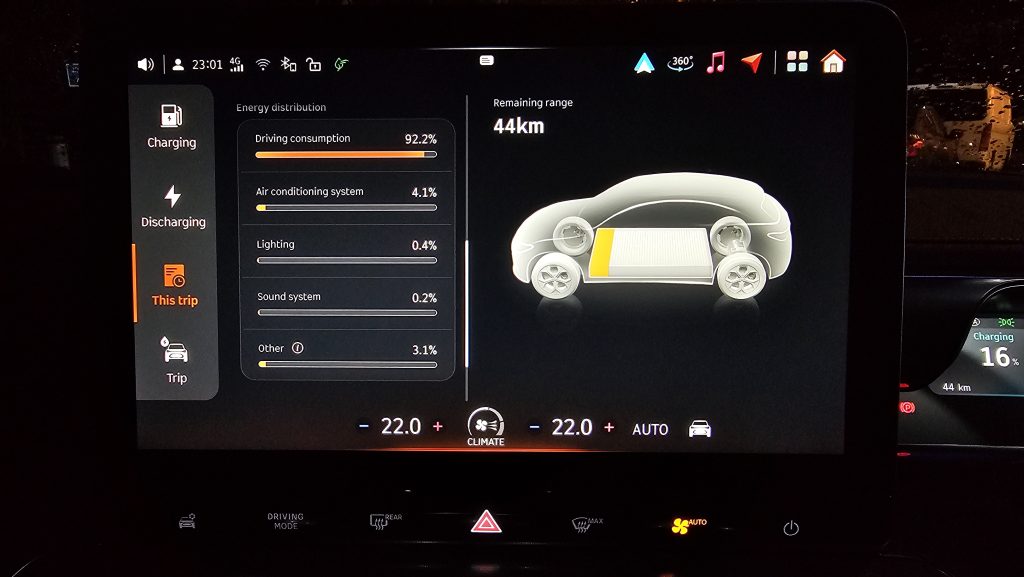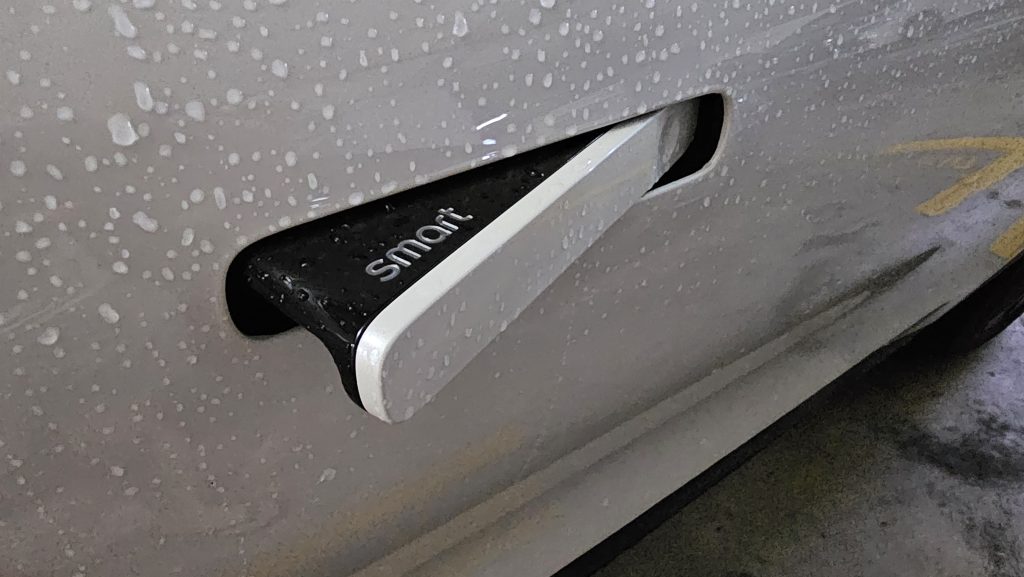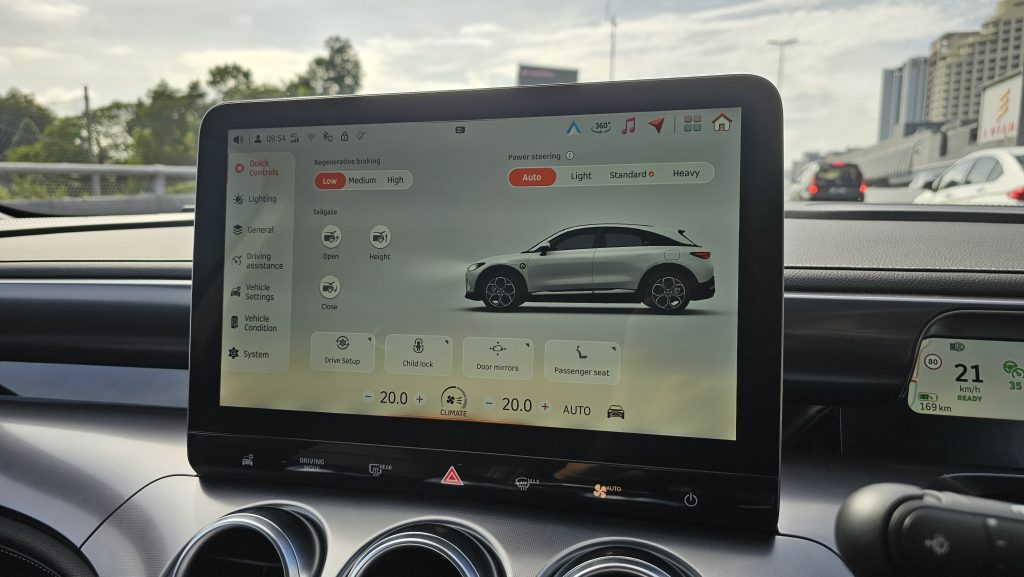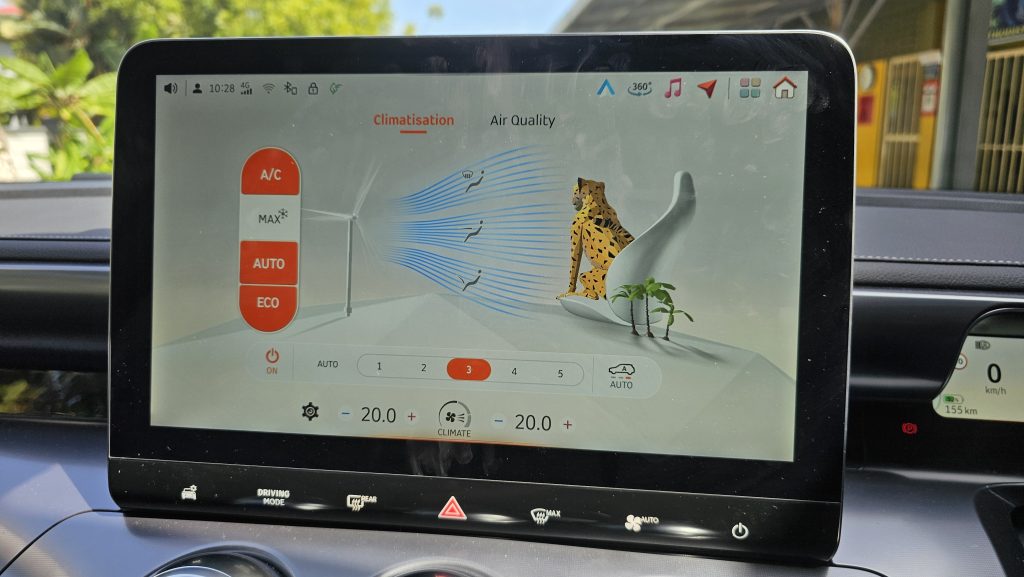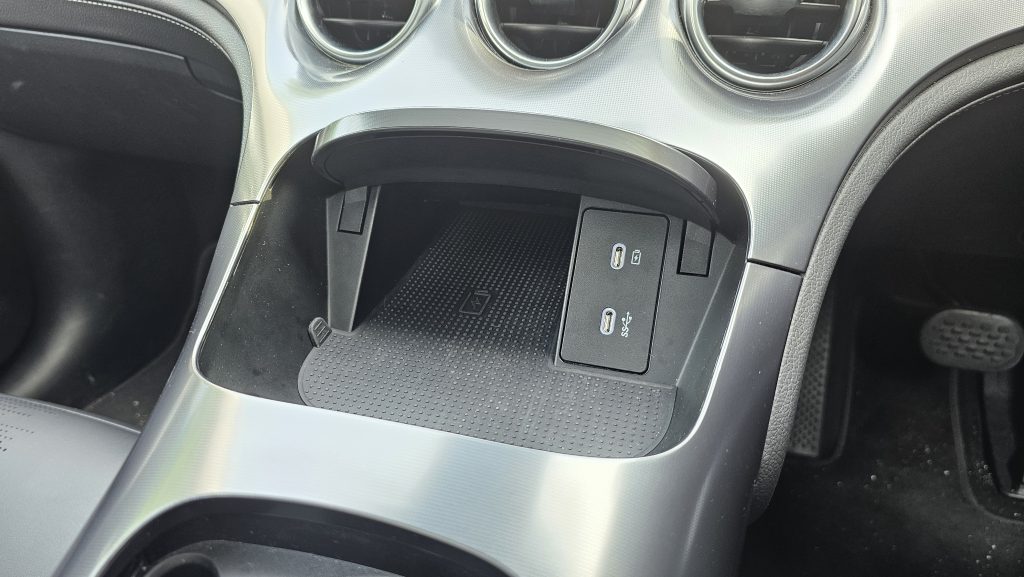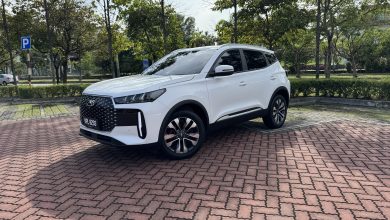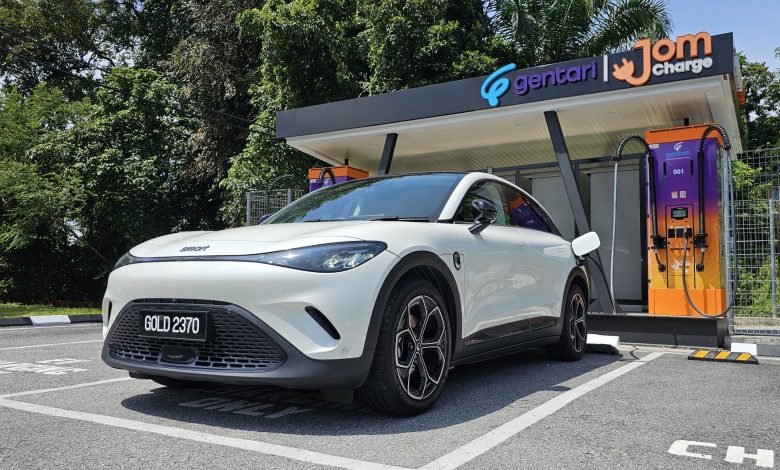
Decent qualitative values ultimately aren’t enough to save the less-than-stellar quantitative pitfalls with the smart #3 Pro.
When this writer first got his hands on the smart #1 BRABUS earlier in the year, he could not have sung its praises any higher. And while he perhaps did not think that its sleeker second sibling was as impressive, the overall initial impression after a short go in the #3 was to nevertheless also generally positive one.
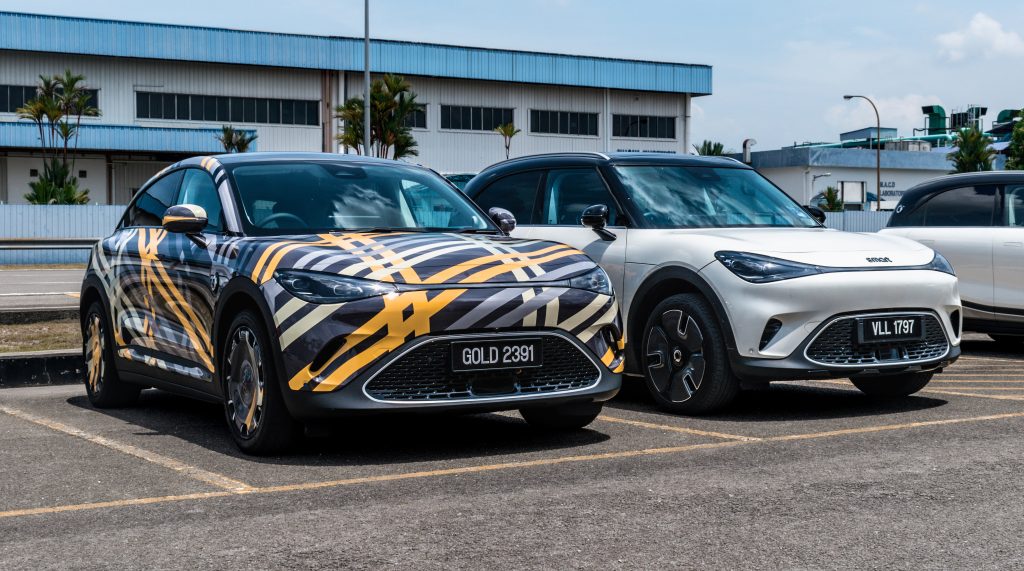
Though even with the #3 not being on the market for all that long, the current rapidly changing EV marketplace in Malaysia has hence seen for it to be facing a crop of fresh (and compelling) competition. And having recently lived with a base Pro variant for a while longer now too, the shine this writer initially had with this smart is unfortunately not be all that bright anymore.
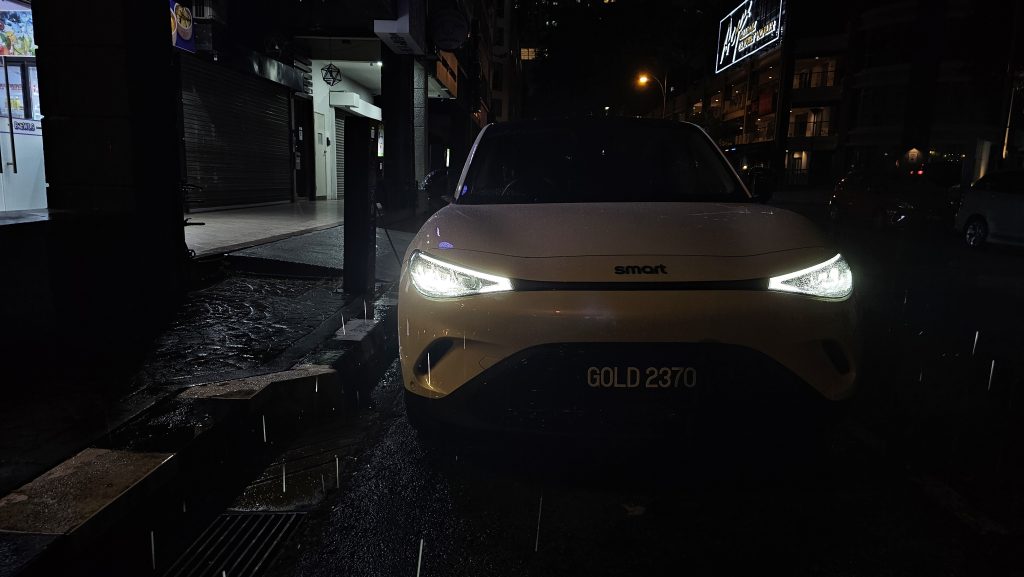
The Pros With The #3 Pro
Style
Starting off on a more positive note here first however, one of the biggest pros with the #3 Pro is really just the way it looks. Sleek is probably the best word to use in describing the sharp exterior aesthetic of this smart, with its sloped roof and squat stance making its wonderfully curvaceous body look as if its going fast even while just sitting still.
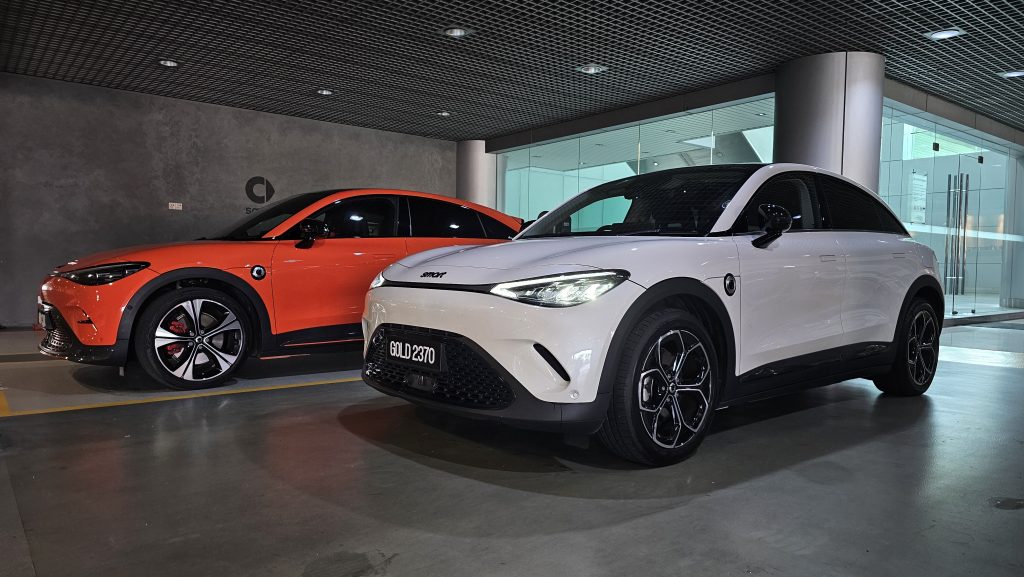
What more is that the sleekness in its design is not just limited to its exterior, as the #3 also has a comparably chic air inside it as well. The single piece satin silver centre console that flows like a waterfall from its minimalist dashboard certainly does a brilliant job in conveying the subtly sporty tone of this smart, which is to then be further built upon in this regard by its standard flat-bottomed steering wheel and semi-bucket seats up front (featuring some cool perforation patterns and shiny button tabs).
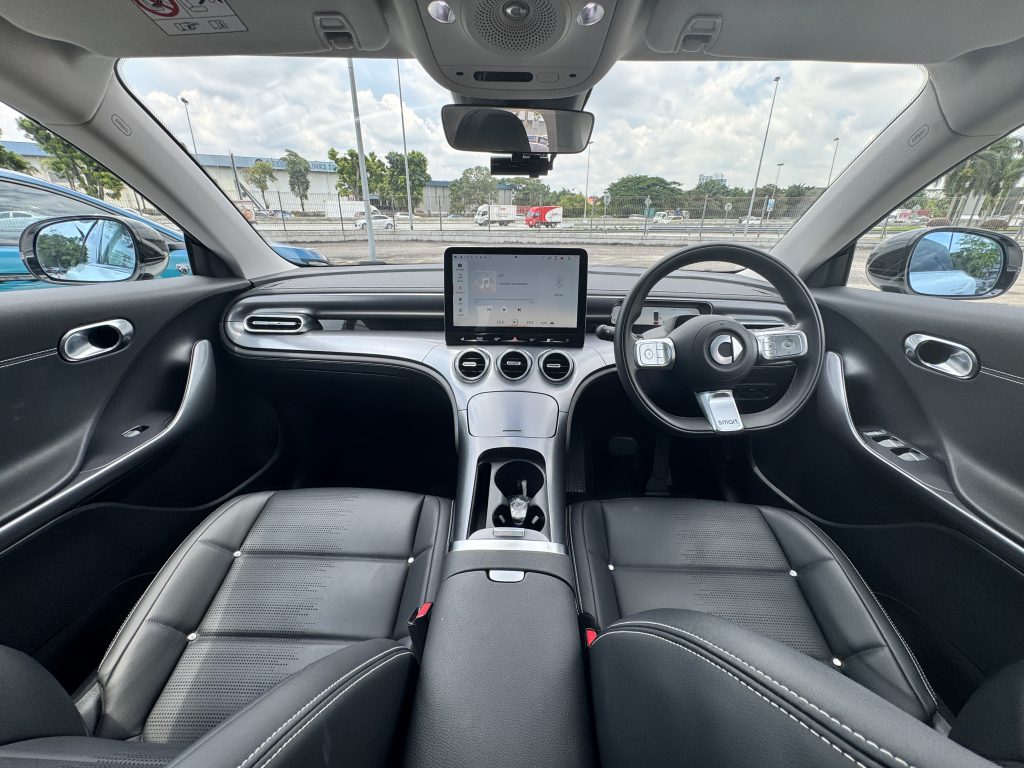
And fun fact here, the overall design of this smart was actually headed by Mercedes Benz. This in turn does beg the question as to how the German marque is stuck with EVs that looks like misshapen bars of soap. In fact, it would not be that big a stretch to say that stick a three pointed star on its nose and the #3 would potentially pass as an EQC coupe!
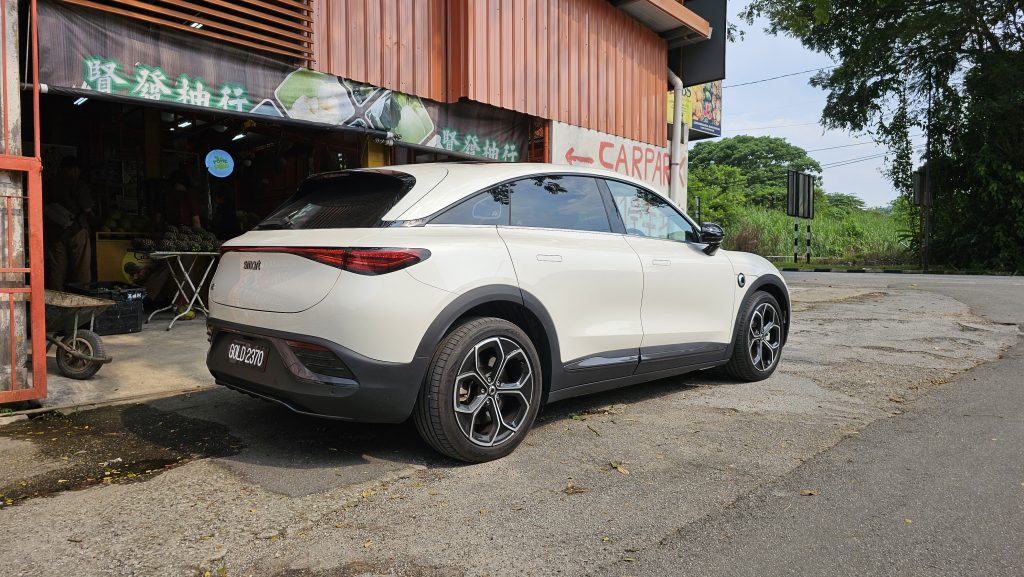
Power
While this version on test here is not the flagship dual-motor BRABUS with its headline-grabbing 3.7-second century sprint claim, even the base-trim Pro however is already still quite the speedy smart.
The base variant it might be, but as this Pro still shares the same single 272 horsepower rear-mounted motor setup as the mid-spec Premium, this two-tonne plus coupe-SUV can still somehow hustle its way from 0-100 km/h in a hot hatch-rivalling 5.8 seconds. And given that it also has the instant get-up-and-go that is inherent with all EVs, this sizeable vehicle actually makes for quite the good city car to exploit the various gaps in traffic with.
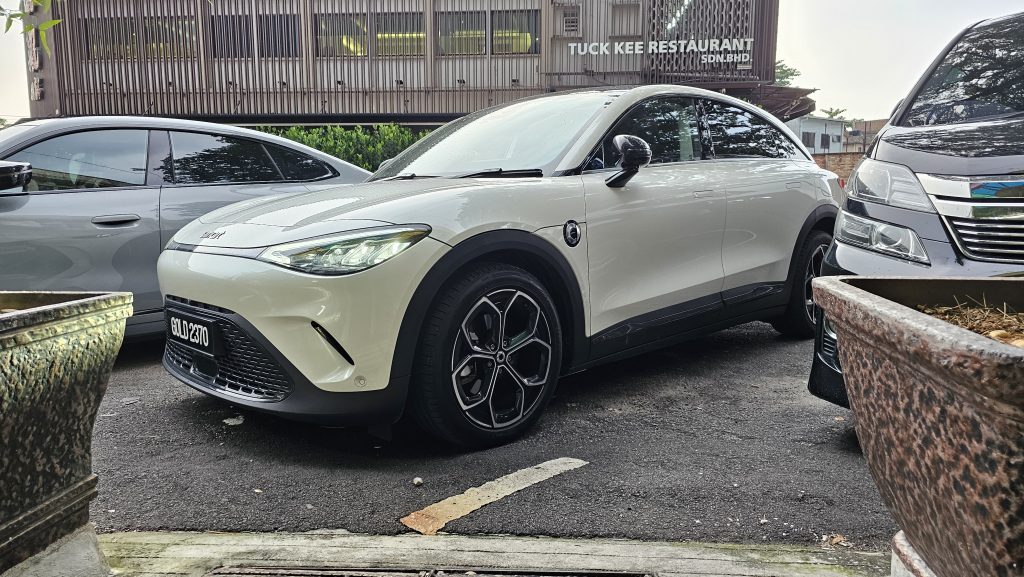
Though perhaps even more impressive than how darty the #3 in town is its capability of more than pulling like a freight train when the road opens up. Even the slightest tickle of the go-pedal on an open stretch of highway and this EV will already effortlessly reach (and plausibly even breach) its officially-claimed 180 km/h top speed. (Oh, and it is worth noting here too that this can be done while there was an arse in every seat and a full load of luggage on board too.)
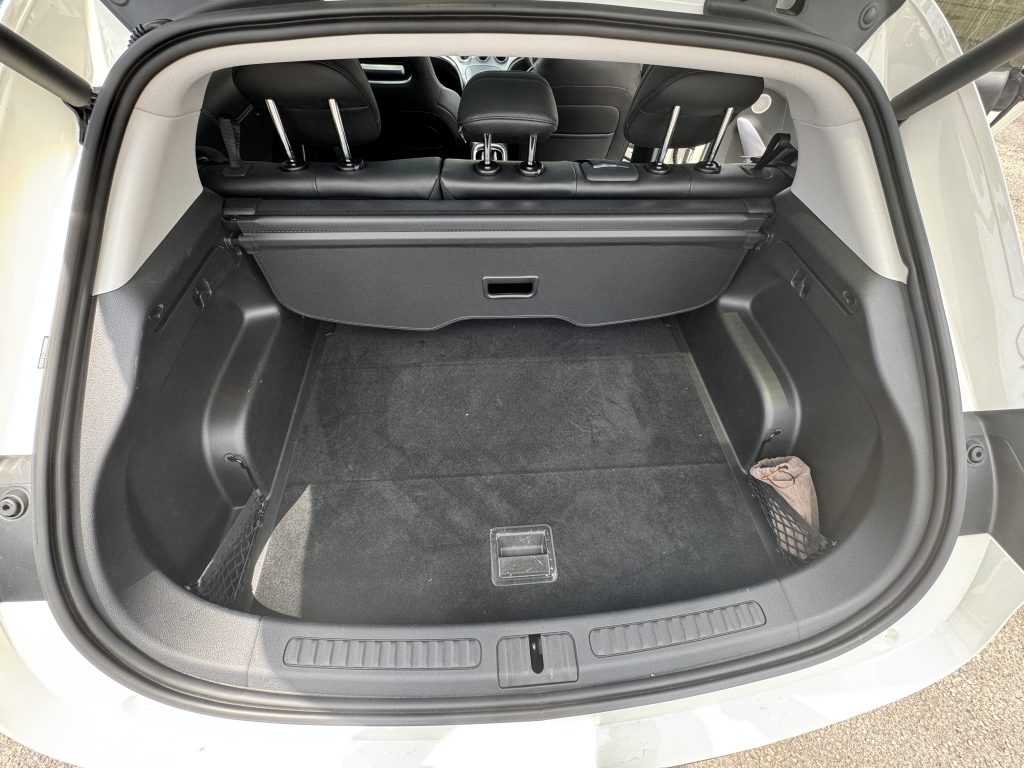

Drive
With Mercedes-Benz supposedly only providing design input on these new generation of all-electric smarts, it really is testament to Geely then that the #3 has the driving feel like a European car.
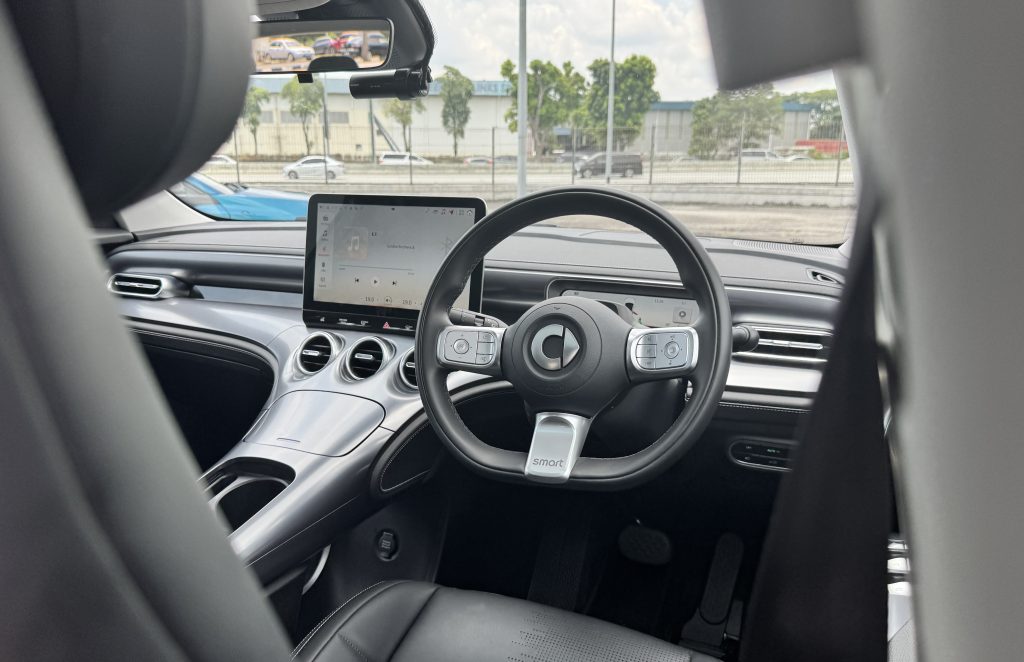
The #1 was already to be one of the better-driving cars amongst its peers, but the slightly squatter stance and stretched wheelbase of this #3 means that it is just a little bit more sure-footed and stable than its taller and narrower sibling, especially at speed. Something that this writer really enjoyed when his passengers didn’t actually feel the speed he was actually pushing this smart on an interstate trip from KL to Ipoh, not to mention very much appreciated too when he was then attempting to make progress through a rainstorm of almost biblical proportions during the late-night return journey.

The steering, even when left in auto mode, was sufficiently weighty at all occasions, thereby giving the person behind the wheel confidence to unleash all that go under their right foot. Its stiff chassis also further helps to that end, but perhaps most complementary of the way it handles the road is for the #3’s suspension to be supple enough in soaking up bumps, to really provide a Mercedes Benz-esque ride quality.
Now one slight complaint in the generally sweet driving experience however is that the brakes might feel tad weak too in counteracting all that heft, especially with regen set to low (more on why this was the case in the Comfort section below), but there is nevertheless still sufficient stopping power on hand to decelerate this smart as fast as it accelerates.
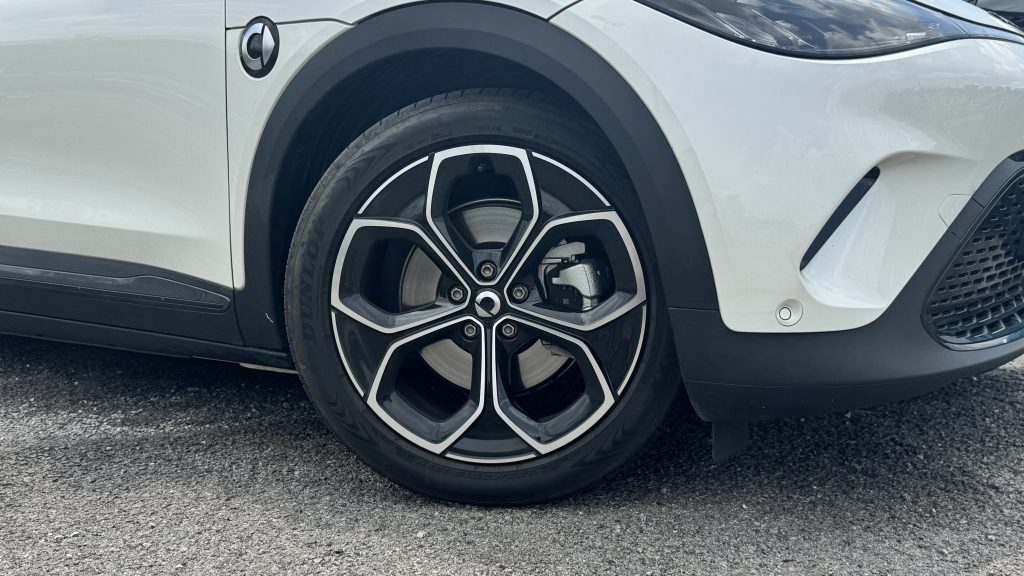
What’s Not So Pro…
Range
Without beating around the bush here, the 49 kWh LFP battery pack in the Pro sees for it unfortunately offer one of the lowest claimed ranges of any EV currently on the market in Malaysia. smart claims a WLTP-rated figure of 325 km for this particular spec of #3, but that is more realistically a 250+ km driving distance in the real world (especially if one decides to have some fun that aforementioned power during that time).
And for those wishing to take the #3 Pro on an interstate journey meanwhile, that range estimate will then drop further still to roughly the 200 km mark. A figure which, as this writer would find out for himself, is barely enough to comfortably make it KL to Ipoh.
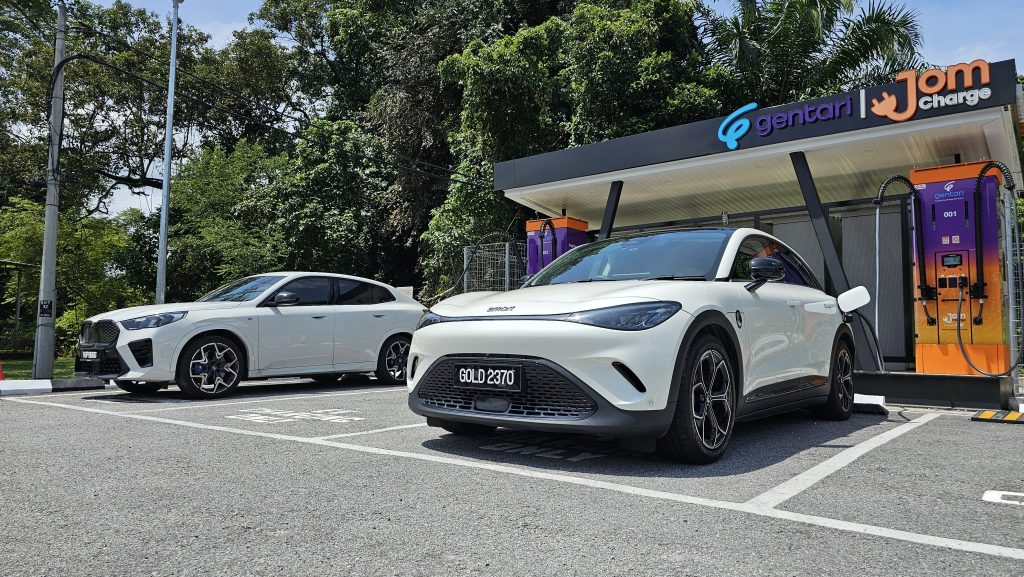

What more is that unlike its higher-end counterparts in the Premium and BRABUS that nets 22 kW AC charging capability, the Pro is unfortunately capped at 7 kW. This therefore does further complicate the charging logistics for this smart, especially for a condo-dweller with no convenient on-site charging facility (like this writer here).

Putting it very bluntly here, the comparatively tiny range and slow charging of the #3 Pro did for the first real time in an EV tested by this writer lead to a frequent onset of range anxiety, with there being a consistently conscious effort paid to actually check distances for every journey on Google Maps before setting off anywhere. One redeeming feature for this smart though in this regard is that its dynamic range readout (the number shown at a glance on the digital instrument cluster) was fairly accurate in representing how much further it can actually go, based on the current driving style.

Tech
Now be forewarned that this section will all but likely be a borderline rant, because the tech on the #3 did cause more frustration to this writer than it really should.
Just to set the record straight first though, the tech in this #3 is not really all that bad in an objective sense. The 12.8-inch central floating touchscreen for instance is both suitably high definition and responsive to use, while its active driver aids are about on par with what else is available on the market today.

That said, spend a little bit more time living with this smart and there are a few annoyances with its tech that would make one seriously wish for it to be dumber instead. Like for instance the fact that activating the electrically folding mirror requires some hunting to find the button in a swipe down menu on the central screen, which is not the most intuitive thing to do when in a literal tight spot with the #3.
Also, there is no easy hard reset off button for the infotainment system in the #3, as the off button on the bottom row of haptic buttons just turns the display off (but not the system). This therefore does mean that when it does glitch out while on the move (this writer consistently had wireless Android Auto connection issues throughout the time with this test car), you’re kinda shit out of luck until you can find a place to stop and get out of the car to hard restart the entire vehicle.
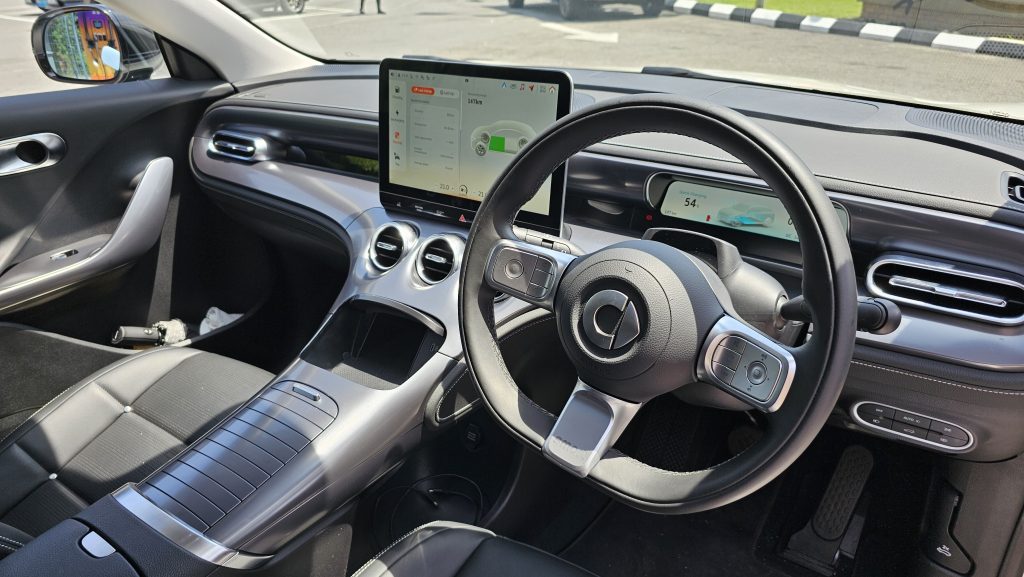
Though perhaps most annoying of all is that the all the smart’s active driver aids defaults to on every time the car is restarted, which hence necessitates a minute-long fiddling session with the screen every time to turn most of the more intrusive ones off before setting off anywhere! Adding to this frustration too is that all the things needed to be turned off do not live on a single menu, with the annoying intelligent speed limit alert feature being on a separate page to the equally-overbearing lane keep assist.
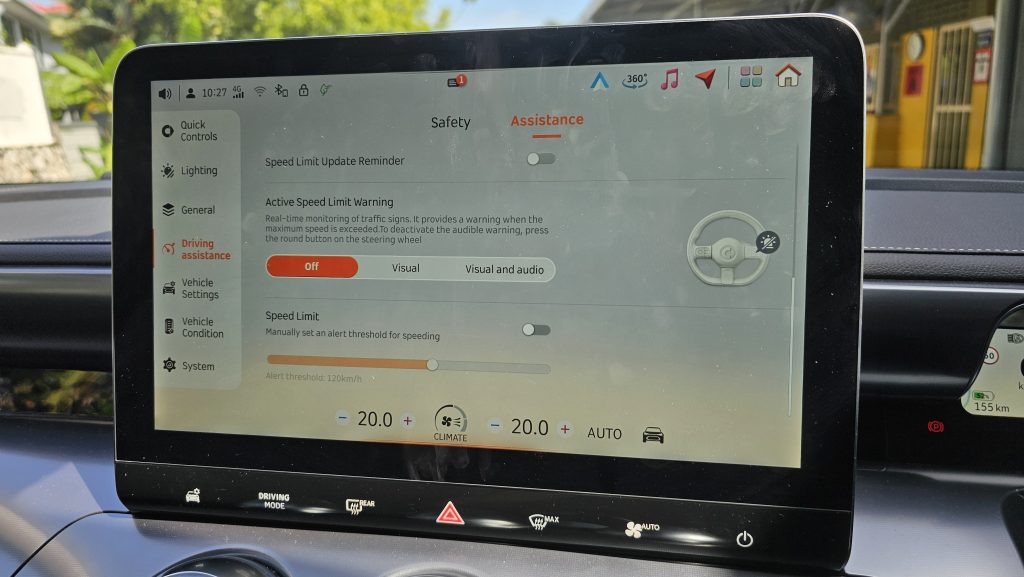

And while the slim driver’s display that is neatly integrated into the dash may look sleek as well, its size (and the fact that its speed readout is slightly off centre) does make for any glance down to check how fast one is going that little bit longer than it should really take. There is also no heads-up display for this base variant to mitigate that problem, unlike in the Premium and BRABUS trims.

Credit where credit is due to smart however, there are a few cool tech features with this #3. A picture-in-picture view of the 360º camera mitigates the Honda LaneWatch gripe of having the navigation disappear when manoeuvring around tight spaces. And on the topic of navigation meanwhile, its built-in offering that shows which exact lane to take from a detailed map of the road ahead should be implemented by all online map apps as soon as possible.

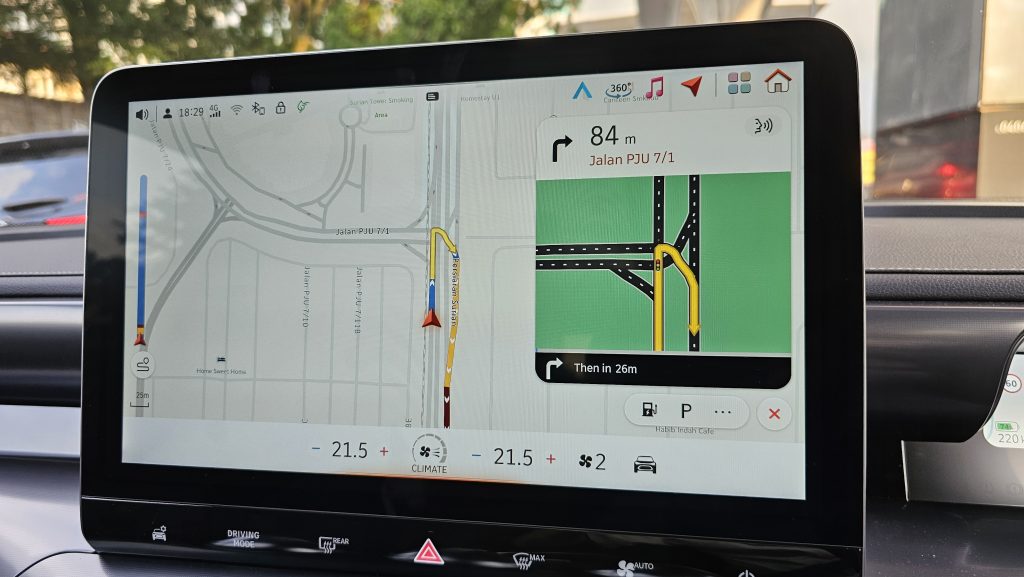
The previously-praised hello smart app does also eliminate the need to have the usual dozen different apps for EV charging over here. But be forewarned that the app is to only be as good as when the smartphone has a reliable internet connection, which is not always the case when charging on highway DC chargers where cellular reception is spotty.

Comfort
Putting comfort in the ‘not so Pro’ section might be a bit controversial here, because the #3 does indeed get most of the big stuff right in this regard. As mentioned above after all, this smart actually has a more than decent ride.
Despite its sloped roof too, there’s still sufficient headroom for even the most vertically-endowed passengers to comfortably sit behind without cricking their necks. Thanks to a slight stretch in its width and wheelbase over the #1 as well, the rear seat space on this #3 is actually more than decent for three medium-sized adults to ride abreast without much complaint throughout an interstate jaunt.
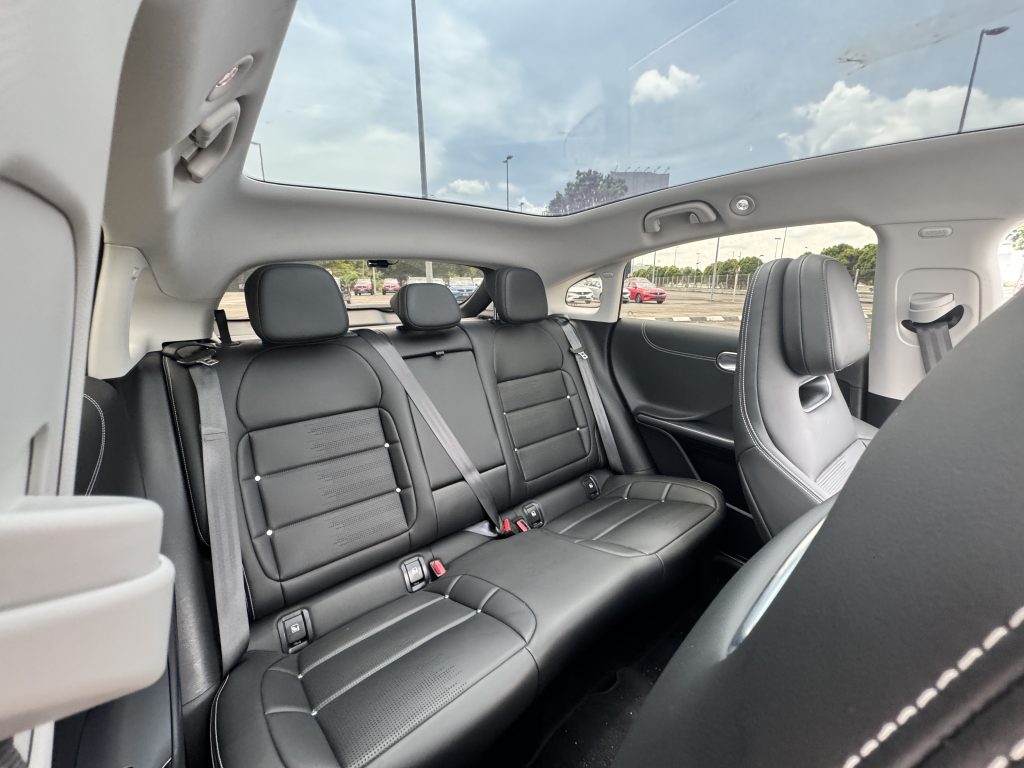
All those travelling in the #3 would however be best advised to pack a hat though whenever the sun is out, as the lack of any retractable sunshade on its full-length panoramic glass roof does see that the tops of everyone’s head get rather hot after a while (with those in the rear suffering the most from the shorter distance between their heads and the sloping roof).

Sick bags might also be required for passengers, if the driver decides to have any form of regenerative braking in this EV that is. This is as even in its medium setting, the regen braking was too grabby to the point that even the driver could feel ever so slightly nauseous after a while. Putting it in its lowest setting does thankfully mitigate this issue, but this naturally comes at the aforementioned cost of some slightly less-than-confidence-inspiring initial braking bite, in addition to not being able to recover any meaningful energy to supplement its already pitiful range.
One other less-than-comfortable (but thankfully easily fixable) thing too with the smart #3 Pro is for it to have quite the audible tyre roar from its stock Dunlop rubber, which was especially apparent at highway speeds. This did somewhat ruin the generally serene cabin ambience within while on the aforementioned interstate KL-Ipoh jaunt, with all on-board hence needing to raise their voices to hold a conversation in this supposedly silent premium EV.
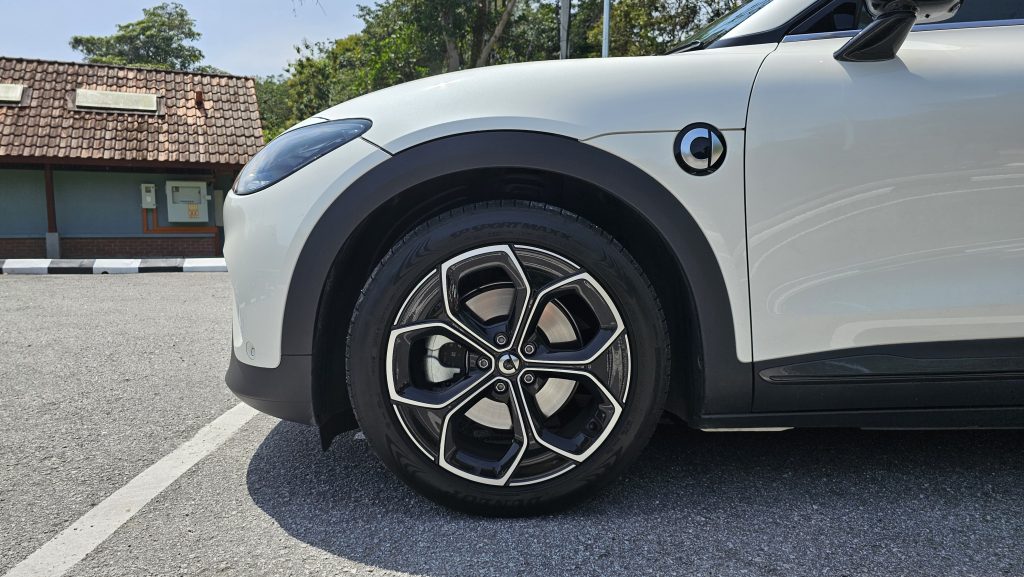
And if being really nitpicky here with the #3, this writer’s lanky frame really did not really get on well with the seating position of its front seats, despite its available 8-way electric adjustment. The lack of thigh support was also something sorely missed after a prolonged stretch in the saddle. The pedal angle was a tad awkward too for this writer, with the slightly-too-high raised floor leading to a slightly too-steep pedal depression angle.

Conclusion
In summarising what has been said above, the smart #3 Pro is eminently sleek-looking and nice-driving premium all-electric coupe crossover. Though ultimately, its tiny usable range sees for the overall value proposition to just not be there for this particular base variant at least.
And while stepping up to the Premium variant would solve the range issue from its 66 kWh NMC pack providing a more usable 445 km of travel distance on a single charge, the RM 40,000 that this variant currently commands does see for it to now push its list price above (and in some cases significantly) over its comparable competition.
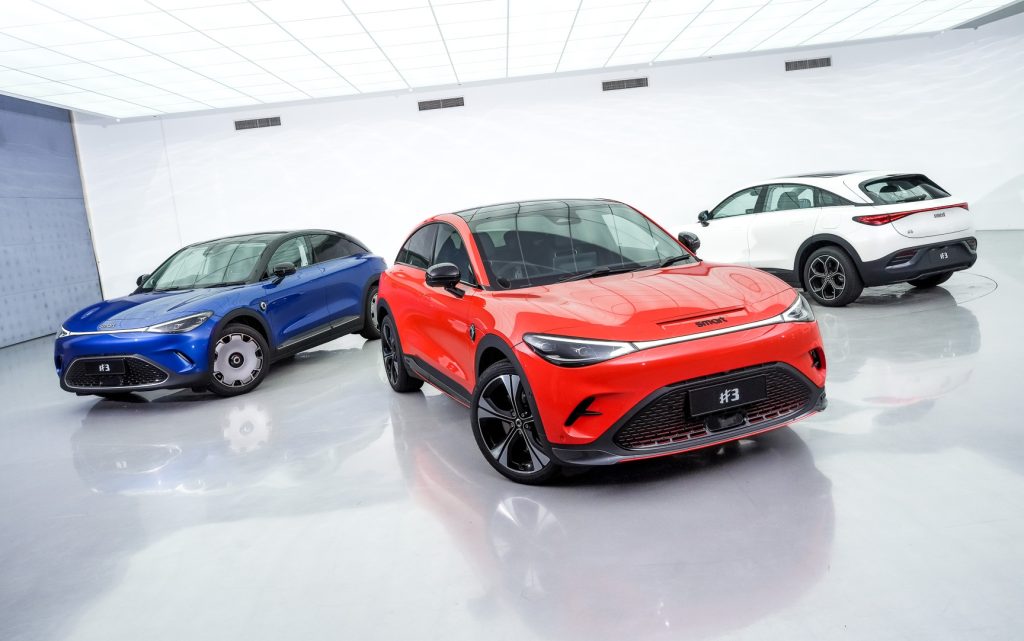
Here is therefore perhaps where a discussion of its competition finally comes in, as the smart #3 is really now just one of many options in the sub-RM 200,000 premium EV sector over here. What more is that while perhaps not offering as good a drive or as premium a build as the #3, there are more than a handful of other alternatives out there that can be 90% as good in that regard, while also providing much better practical usability from them being physically bigger and featuring (significantly) larger battery packs…

Odds & Ends
- The smart #3 Pro has a manually-dipping rear view mirror, which is really not the best look for what is supposedly to be a premium car.
- The no-brand sound system in this base spec #3 is just average, with its clarity and depth being middling at best. Higher end trims are to be equipped with a 13-speaker Beats system, but prior experience with the system on the #1 does see for that to be nothing to shout about too.
- The hole in the ‘a’ of smart hides the exterior rear boot release button.
- The smart infotainment has its own dedicated Spotify integration, which is great for when Android Auto is on the fritz.
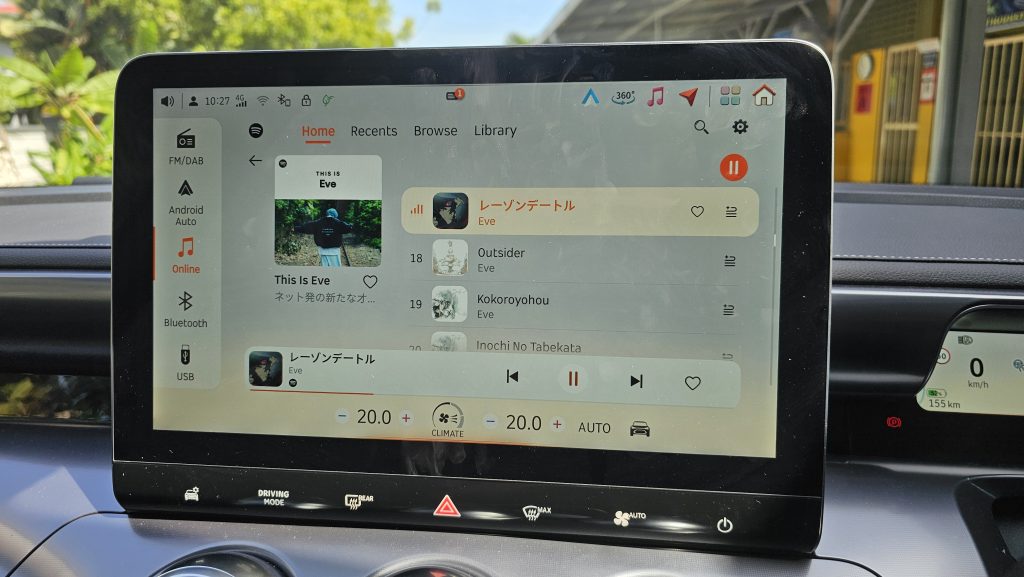
- The locking tone on this smart is a rather fun-sounding ‘bloop bloop’
- Much like any other smartphone connected car app, the hello smart app offers real time location services to keep tabs on kids/friends/cheating spouses by showing exactly where the car is at any given time. Interestingly though, it only gives you the current location in a text address form, and there is no actual pin on map view.

smart #3 Pro Technical Specification
Motor: Single rear permanent magnet synchronous motor (RWD)
Battery Capacity: 49 kWh
Range: 325 km (WLTP)
Max Power: 272 PS
Max Torque: 343 Nm
Top Speed: 180 km/h
0-100 km/h: 5.8 seconds
Charging Speed: 130 kW DC (10-80% in 30 mins), 7 kW AC (10-80% in 3 hours)
Price: RM 175,000




